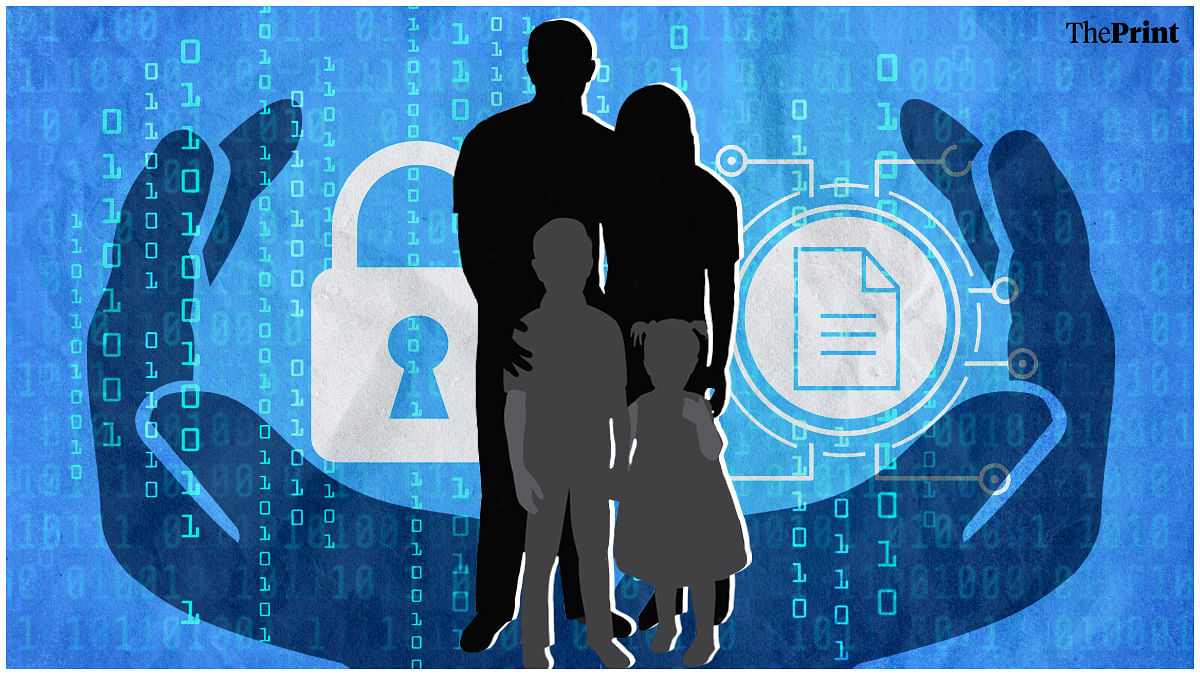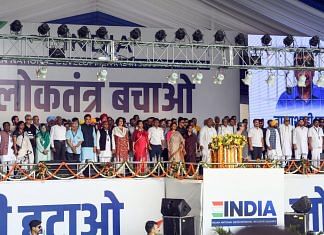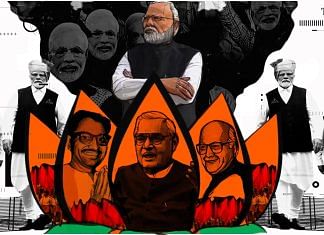Thank you dear subscribers, we are overwhelmed with your response.
Your Turn is a unique section from ThePrint featuring points of view from its subscribers. If you are a subscriber, have a point of view, please send it to us. If not, do subscribe here: https://theprint.in/subscribe/
The NSO recently released India’s quarterly GDP numbers, which indicated a 5.9% rise, in real terms, in India’s per capita income, signaling that India is quickly moving towards becoming a middle-income economy. However, the release of this data also reminded me of something else: similar government data in India remains scarce.
The NSO’s quarterly reporting of the country’s GDP is actually an anomaly, considering that most government departments, including those explicitly tasked with collecting and reporting data, do not do so regularly or by specific deadlines. Nevertheless, NSO’s quarterly reports are far less rich than those reported in other similar-sized economies (for comparison, the UK releases far more detailed reports monthly). At the state level, it gets worse: headline data, such as the GSDP, is reported only annually, and official data for state-specific schemes is either brief or non-existent. Even if the data is collected, it is certainly not publicly available. Most people who work in Delhi’s numerous think tanks (who often have to rely on data collected by NGOs or themselves, instead of large-scale official data) will tell you the same thing: India is extremely data poor.
But why is it important to collect and report data? The first reason is obvious: it helps policymaking, enables targeted changes to existing policies, and evaluates the success of said policies, which ordinary citizens should care about to hold their government accountable. The second reason is that it helps put forward your narrative and counter other narratives that are either false or uncharitable, something that this government, in particular, might care about.
During the pandemic, reporting by international media organizations on India’s COVID fatalities caused much consternation in some circles in India. These reports, such as those by the New York Times and the Economist’s Intelligence Unit, contained frankly outlandish numbers about India’s “true” COVID death toll and resulted in the usual cacophonous primetime TV debates, alongside some more sensible rebuttals in the other media, which relied on secondary sources to point out why these numbers were nonsense. This could have been avoided if India simply had a good system to report deaths. There might still have been unfairly negative coverage of the COVID situation in the country, but at least some of these zany claims could have been easily dismissed.
Then you have the deeply-flawed reports and rankings, like those released by V-Dem and RSF, which aim to measure abstract things like “democracy” and “press freedom”, which most objective people in the country accept as being nonsense, at least when it comes to their findings on India. However, for an international audience, these reports remain the only source of information given the paucity of any other data, especially official data, coming out of India. Salvatore Babones, an American academic who rose to internet fame in India after he critiqued the methodology of these reports at the India Today Conclave last year, said that the “solution”, from an Indian perspective, was straightforward: collect and present your own objective data.
It is, then, only natural to wonder why the government hasn’t done anything to change this widespread data poverty. It is not because of the cost to do so; even if the Union government was to double the budgetary allocation for “Planning and Statistics” (as it probably should), it would account for less than 0.003% of the budgetary expenditure. The government already spends a nontrivial amount of money on PR done outside India, so having data to counter narratives that are uncharitable to itself is surely only rational. That leaves us with two other options: either the government actively chooses to not collect data to avoid accountability, or it is simply incompetent and apathetic. Hanlon’s razor already hints that it is probably the latter, but there are other reasons to think so. There is plenty of anecdotal evidence which suggests that this government has done exceptionally well in delivering some of its key welfare programs, yet official data underlining this success is limited. One must believe that it has the data to target them so well (but it doesn’t release it because it doesn’t care or no one bothers to ask), or it relies on secondary feedback, like electoral success. Either way, it seems that apathy, rather than malice, is behind this data poverty. As another example, the country’s largest data collection exercise, the census, has been delayed until at least 2024, and the excuse of the pandemic is becoming increasingly lame.
We could, as citizens, support nonpartisan organizations which collect important data about the health of the country, or demand better reporting from our government, which helps us hold them accountable. However, until people demand this accountability in politically meaningful ways (especially for this very political government), we are doomed to be just as data-poor.
These pieces are being published as they have been received – they have not been edited/fact-checked by ThePrint.









COMMENTS